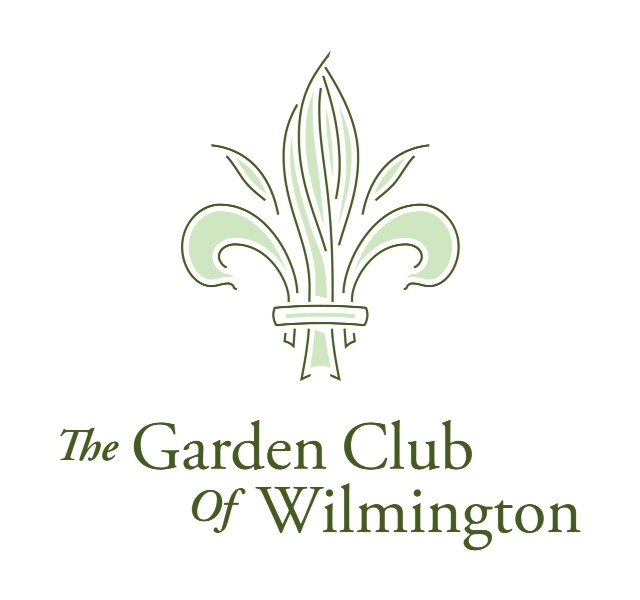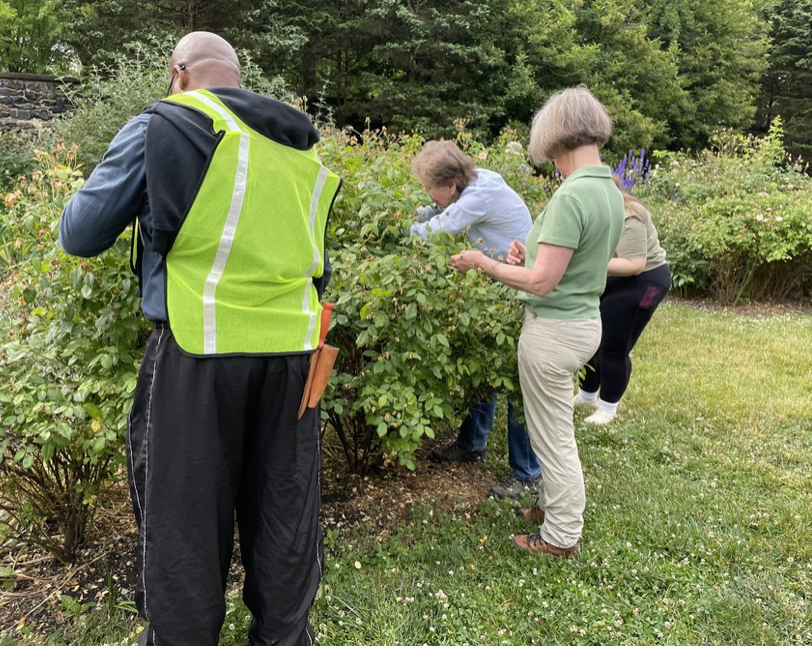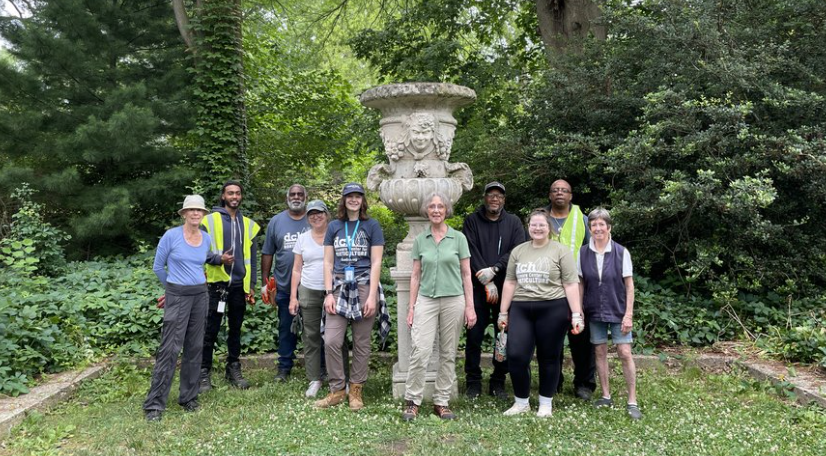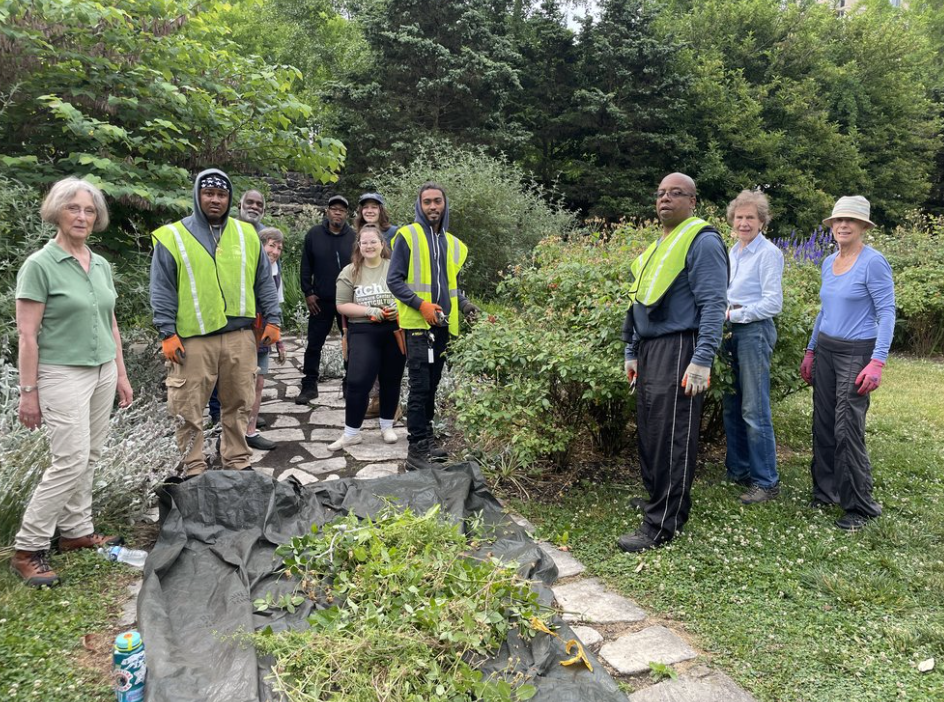CONSERVATION COMMITTEE
The committee keeps Members current on federal policy initiatives, GCA initiatives, within Zone V and at the national level, and identifies advocacy opportunities for the club as they relate to the conservation and preservation of our local habitat.
APRIL IS NATIVE PLANT MONTH
Delaware has supported this proclamation for the last two years. Go to the club calendar to view a wide variety of upcoming courses and lectures in the area. To further support this designation and the planting and propagation of Native Plants, the Conservation Committee has assembled some local native plant resources for your review and use:
Brandywine Conservancy - Due to renovations on their campus, the Brandywine will not be hosting its annual native plant sale. But keep in mind, because it will be back in 2025 and is usually held over Memorial Day Weekend.
Other Resources:
GCA’s 41st Annual NAL Conference
The GCA’s 41st annual NAL Conference was a huge success! The event page, and 12 excellent recordings, are accessible via the GCA's Conferences & Events in the “past conferences” section.
GCW MEMBERS VOLUNTEER WITH STAFF FROM DCH AND DRCC AT GIBRALTAR
Garden Club of Wilmington volunteers recently worked with staff from the Delaware Center for Horticulture, and the Delaware River Conservation Corps to remove invasive species at the historic Marion Coffin Garden at Gibraltar in Wilmington. DRCC members particularly enjoyed a lesson in pruning roses, led by club member Beverley Rowland. Club members volunteer at the garden from early spring through late fall. The garden is owned by Preservation Delaware.
SEA LEVEL TRENDS - EXPLORE THE IMPACT ON OUR LOCAL COMMUNITY
With continued ocean and atmospheric warming, sea levels will likely rise for many centuries at rates higher than that of the current century. In the United States, almost 40 percent of the population lives in relatively high-population-density coastal areas, where sea level plays a role in flooding, shoreline erosion, and hazards from storms. Globally, eight of the world's 10 largest cities are near a coast, according to the U.N. Atlas of the Oceans.
Click here to use NOAA’s SEA LEVEL RISE VIEWER
Global sea level trends and relative sea level trends are different measurements. Just as the surface of the Earth is not flat, the surface of the ocean is also not flat—in other words, the sea surface is not changing at the same rate globally. Sea level rise at specific locations may be more or less than the global average due to many local factors: subsidence, upstream flood control, erosion, regional ocean currents, variations in land height, and whether the land is still rebounding from the compressive weight of Ice Age glaciers.
Sea level is primarily measured using tide stations and satellite laser altimeters. Tide stations around the globe tell us what is happening at a local level—the height of the water as measured along the coast relative to a specific point on land. Satellite measurements provide us with the average height of the entire ocean. Taken together, these tools tell us how our ocean sea levels are changing over time.
Higher sea levels mean that deadly and destructive storm surges push farther inland than they once did, which also means more frequent nuisance flooding. Disruptive and expensive, nuisance flooding is estimated to be from 300 percent to 900 percent more frequent within U.S. coastal communities than it was just 50 years ago.
The Xerces Society
The Xerces Society for Invertebrate Conservation is an international nonprofit organization that protects wildlife through the conservation of invertebrates and their habitat
RECENT CONSERVATION PROGRAM HANDOUTS AND SUPPLEMENTS
Readings for those Attending the NAL Meeting - February 2021. The books and articles on the list are interesting not only for NAL but in general.
GCW’s Quarantine Conservation Tips - May 2020
Navigating the Motus Network - January 2020 - Ian Stewart, DNS - PROGRAM SUPPLEMENT
A Few of Our Sustainable Suggestions - December 2019
Click here for a list of Invasive Plants in Pennsylvania
Click here for Tips for Handling Yard Waste to Contain and Control Spotted Lanternfly
Conservation Committee
Chair, Katharine Maroney
Vice Chair, Nina Draper
Pam Biddle
Anna Biggs
Ginny Butters
Lynn Carbonell
Mary Davis
Sally Dewees
Kay Elsworth
Cynthia Hewitt
Eliza Phillips
Cynthia Rice
Wendy Richards
Pinkie Roe
Ann Rose
Howie Scott
Judith Spruance
Carol Taylor
Claire Van Eps
Carrie Wiles
RESOURCES
We love milkweed (Asclepias sp.) for their natural beauty and because they help the endangered Monarch butterfly but is there a whole new reason to plant this native perennial in your garden? READ MORE HERE
More from Penn State Extension on what make's milkweed so special.
DSWA RECYCLING COLLECTION SCHEDULE
DSWA operates Household Hazardous Waste (HHW) Collection Events at different locations throughout the year and weekly through out locations in the state. Delaware residents can bring their HHW to the event free of charge.





